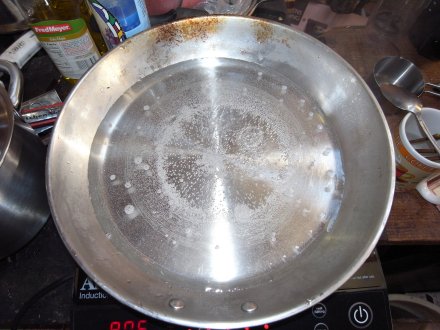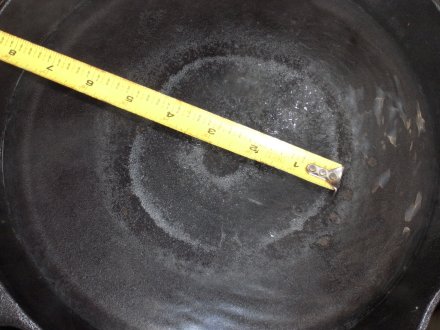It is interesting how following one path of action can open up other unforeseen paths of action, and lead on to unexpected conclusions.
I'm still working on my CO2 controlled HRV project. I have my controller working, even controlling fans as I wanted it to. Some problems remain to be solved.
But living with a device that tells me the CO2 concentration of my living space has been very educational.
It has shown me that the gas appliances that I am very fond of are currently in conflict with my goals of achieving very robust insulation and infiltration sealing. I am able to see a surprising difference in CO2 levels whenever I use any of my gas appliances which are a gas dryer, a gas cook stove, a tankless gas water heater, and most recently a gas 'ventless' space heater that is down cellar.
My house is very small, so the differences I'm experiencing are likely greater than most people would experience. So, to a certain extent, I am the canary in the coal mine.
I have a strong belief in the desirability of having multiple sources of fuel as a hedge against the unanticipated lurchings of our industrial society, as cheap energy declines.
But it is my beloved gas cookstove (which is similar to the one above but all black, with no stainless) that has caused me to re-think my previously tepid opinion of induction cooking.
I bought the cheapest induction cooktop I could find locally and started using it for daily cooking to see how it fits and if the advantages I hoped for were true.
The unit I got was this one, from target:
The unit is advertised as 1500 watts and cost $70.
As I have learned, this unit holds the distinction of being the very lowest point in the induction cooking food chain. I measured the wattage of the following heat settings with my Kill-a-Watt:
- warm = 600w on/off (low duty cycle)
- P1 = 600w on/off (high duty cycle) ("Low")
- P2 = 600w 100% duty cycle
- P3 = 750w 100% duty cycle
- P4 = 950w 100% duty cycle
- P5 = 1100w 100% duty cycle
- P6 = 1275w 100% duty cycle ("High")
Notice that the advertised 1500 watts is not reached, not even close.
I tested my cookware with a magnet and only a surprising few were induction capable.
Since I usually have oatmeal, or something similar for breakfast, and since the pot I would use was non-magnetic, I picked up a suitable Ikea pot from Goodwill. It turned out to be an excellent choice, for the size and most importantly for the construction of the magnetic bottom. I think I paid $9 at Goodwill and new they're about $13. Good price great pot.
As I quickly learned, it's not just that magnetic cookware is required, it's more like the cookware and the induction unit are both part of the cooking system, and that a proper pan needs to be matched with the induction cooking unit (AKA: "hob").
I set it up for oatmeal, turned the hob on high by repeatedly stabbing my finger at the plastic picture of a button on the control panel. I must say, that the experience of controlling a gas stove and the experience of controlling this thing are quite different. I vastly prefer a nice smooth turning gas knob. The water boiled fairly quickly, and the time required was not so terribly different from my commercial gas stove. Considering the power levels of the two (commercial gas burner versus a cheap induction birner), it was a very pleasant surprise.
Once the water got to ab boil, I put in the raisins and oatmeal as is my usual method, let it come back to a boil and turned the power down to low (by repeatedly stabbing my finger at the plastic picture of a button on the control panel until I got to 'Low'). Then I set the timer for 10 minutes, and thought about all the times that I have done exactly this thing, and forgot completely about cooking because of a friend dropping by, or some intense interest in some topic I found on the Internet, or else I drove to the store for some galvanized washers, only to come back to a smoke-filled house, ruined oatmeal and a wrecked cooking pot, with the gas fire happily supplying heat to the catastrophe. In short, typical bachelor behavior.
In fact, I completely forgot that I was even cooking my first meal on the induction cooker for almost 45 minutes. So I rushed into the kitchen in typical bachelor fashion, ripped the top off of the pot, looked in and found perfectly cooked oatmeal, patiently waiting for me, on 'warm'. The oatmeal was warm, and the handles of the pot were cold.
I think I could get used to this.
I did some tests to see how the heating pattern looked, by heating up water and photographing the pattern made by the bubbles.

An oval omlet pan that happened to be magnetic

A 12" induction skilet showing localized heating

A 10" good quality cast iron skillet showing poor heat dispersion

An inexpensive Ikea pot with very even heating
I checked the CO2 readings and they were where they had been before the cooking started.
So, I appreciate the fact that the handles of the pots stay cool, the timer feature is great, heat level change is every bit as rapid as I had hoped, the kitchen stays cool, and no CO2 increase.
More to follow...
-AC